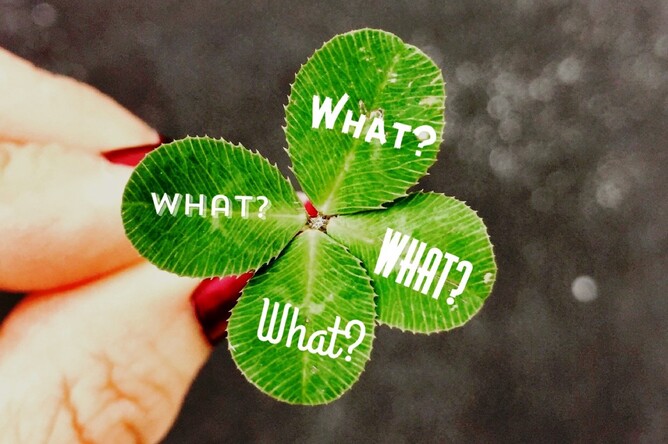As we slither sweatily into February and the pace of work starts to match the 30°C heat outside, there is certainly a lot of work being put out for tender at the moment. We are working on three separate bids, and it is good to be focused and rolling at speed.
One thing we have noticed from the bids on which we are working at the moment is the heavy shift in weighting towards non-price attributes over price – in one case as far as 80:20.
In this environment - in which organisations putting work out for tender essentially want to know more about your people, experience, track record and how you are going to do the work than the cost of it - it is critical to answer what we call ‘The 4 Whats’: four simple, key questions:
1. WHAT contracts do you want to win this year?
Look ahead: what are your targets this year? Do you have a list? What are the opportunities you really want to attack – and how are you placed to deliver exceptional results for them? Have you already this/last year being doing this sort of work with skill and superb outcomes, and have you thrilled your existing clients with what you have achieved for them?
2. WHAT are the objectives of the organisations who will be putting out these contracts?
Look at their company materials – website, Annual Report, media releases, comments their leaders have made online etc – to get a flavour of their broad objectives and, importantly, the tone and flavour of how they want to achieve them.
Why? It is all-too tempting for people creating formal tender responses just to focus on the instructions and questions in an RFP.
But in our view, just answering the questions never wins anything. To stand out from the pack you need to become – and be seen to be – the engine of the client’s success: the impetus behind their future.
Therefore, if you have a wider understanding of how the contract you’re bidding for contributes to the client achieving their strategy, you will be clearer about how to show them that you will be the engine of their success – and not someone else.
3. WHAT do these organisations want to see in the companies that will partner with them?
Look at the companies who are currently servicing the contract – ask yourself; what are they doing well / not so well? And does your intended client give clues or clear expectations as to what they value most in the way their work is done?
Do they post stories on their website / social media about not just things that are going well but the ways in which things are being done well – i.e.: the behaviours they want to see? Do they run awards schemes that they make public, about things they value most?
4. WHAT can you do to highlight – in your current key client, marketing and communications work – how you are aligned with what your intended client wants to see?
Tendering for contracts should not be separate from your ongoing marketing and communications work: it should be viewed as a coherent exercise involving all three disciplines on an ongoing basis. Then tendering becomes a series of moments when you can pluck examples you have already been using to promote the value of your business in your marketing work – and use them to answer specific questions: message plus evidence, tailored to the needs of the client.
Therefore, what can you do now to showcase the core skills, behaviours, case studies and achievements of your people, teams and business units in such a way that you subtly align yourself now – publicly – with the desires and approach of your intended clients?
That way when it comes to tender time you a) have proof already sitting there, and b) they are already thinking “we want these people to do well”…
So…
WHAT are you going to do about it?
By George Hulbert

